Gum pockets are mostly caused by poor oral hygiene. However, there are various other risk factors to consider. These are:
- Cigarette, vape, and/or chewing tobacco consumption;
- Consuming a diet that is heavy in sugar or deficient in Vitamin C;
- Long-term stress;
- The mouth is dry;
- Changes in hormones, particularly those linked with aging or pregnancy;
- Some cancer treatments;
- Periodontitis is caused by genetic factors or a family history of the disease;
- Diabetes, heart disease, Crohn’s disease, and rheumatoid arthritis are also risk factors.
Symptoms and Signs of Gum Pockets
Many of the early signs of gum pockets are similar to other types of gum disease:
- Breath with unpleasant smell;
- Gum swelling;
- Gum bleeding;
- Teeth and gums feel tender;
- Teeth become loose;
- Teeth have increased sensitivity.
If you have any of these symptoms, you should see your dentist, who will be able to formally diagnose any periodontal pockets that are present.
In addition to a visual examination, your dentist will use a periodontal probe to determine the depth of your pocket. Any measurement greater than 3 mm indicates the existence of gum pockets, and any measurement greater than 5-7 mm suggests the presence of severe gum disease.
Your dentist may also inspect your gum tissue for symptoms of swelling and bleeding, as well as to see if any pus is present. In a deep pocket, they may perform an X-ray to see whether there is any bone loss near the gum pocket.
How to Reduce Gum Pockets at Home
Fortunately, the development of a periodontal pocket does not mean the end of your good oral health. In addition to additional professional dental care choices, there are various natural approaches to decrease gum pockets.
If you have a periodontal pocket in its early stages, your dentist will most likely perform a professional cleaning to eliminate plaque buildup both above and below the gum line. This should immediately assist in decreasing inflammation and eradicate infection-causing bacteria. Then you’ll have to take extra precautions to thoroughly clean your teeth at home. In addition to regular brushing and flossing, your dentist may prescribe an antibiotic mouth rinse for you to take for a few days. During your cleaning, they may even place antibacterial gel right in the gum pocket to expedite the healing process.
In-Office Treatment Options
Home remedies are unlikely to suffice for those with deep pockets.
A scaling and root planing surgery may be all that is required to restore your gum health. A routine cleaning is performed to remove plaque and tartar. Then, your dentist will smooth the tooth’s root surface, allowing your gum tissue to reattach to your teeth. This should ideally close the gum pocket, avoiding future infection and tooth loss.
If treatment does not resolve the periodontal pocket, or if bone loss has already begun, flap surgery may be required. To have better access to the periodontal pocket, a periodontist or oral surgeon will pull back a part of your gum tissue. The region will then be cleaned, damaged bone tissue removed, remaining bone reshaped, and gum tissue sutured back in place.
Depending on the extent of bone and tissue loss, this procedure may also include bone grafting, tissue grafting, or both. Another possibility is directed tissue regeneration, which uses proteins to promote bone development.
Prevention Measures
As they say, an ounce of prevention is worth a pound of cure. The majority of gum pockets can be avoided by practicing basic oral hygiene at home.
First, wash your teeth twice a day with a soft-bristled toothbrush or an electric toothbrush. Make use of fluoride toothpaste to help prevent tooth decay. Flossing as least once a day removes food particles from between your teeth that your toothbrush cannot reach. To avoid bacterial growth, replace your toothbrush on a regular basis.
Second, consume a diet high in nutritious foods, such as those strong in vitamin C and low in sugar. Stay hydrated throughout the day.
Finally, schedule frequent dental visits. Professional cleanings every six months will go a long way towards avoiding plaque and tartar buildup on your teeth.
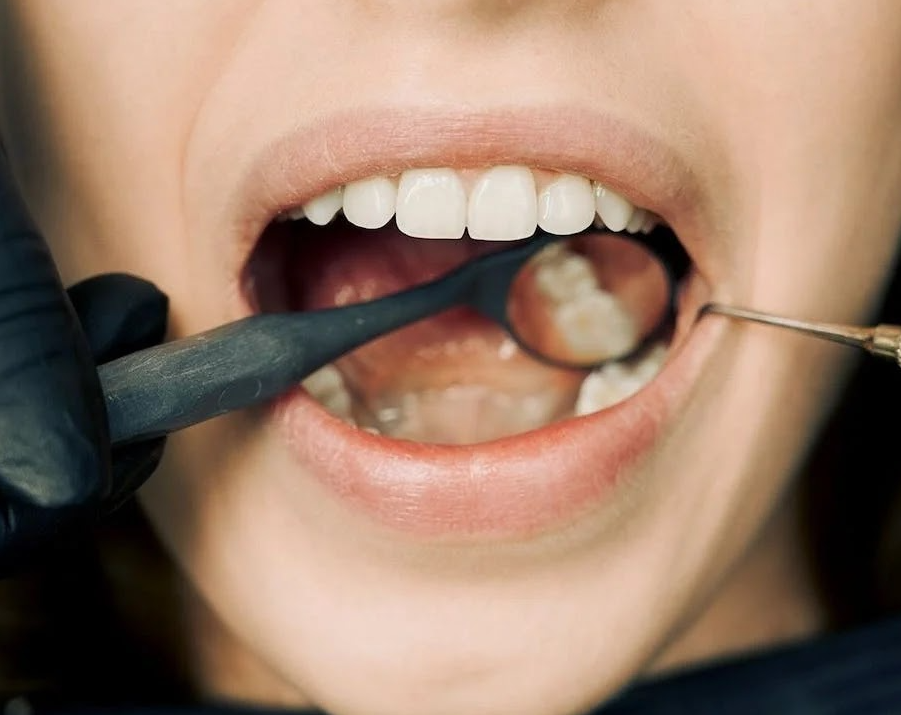









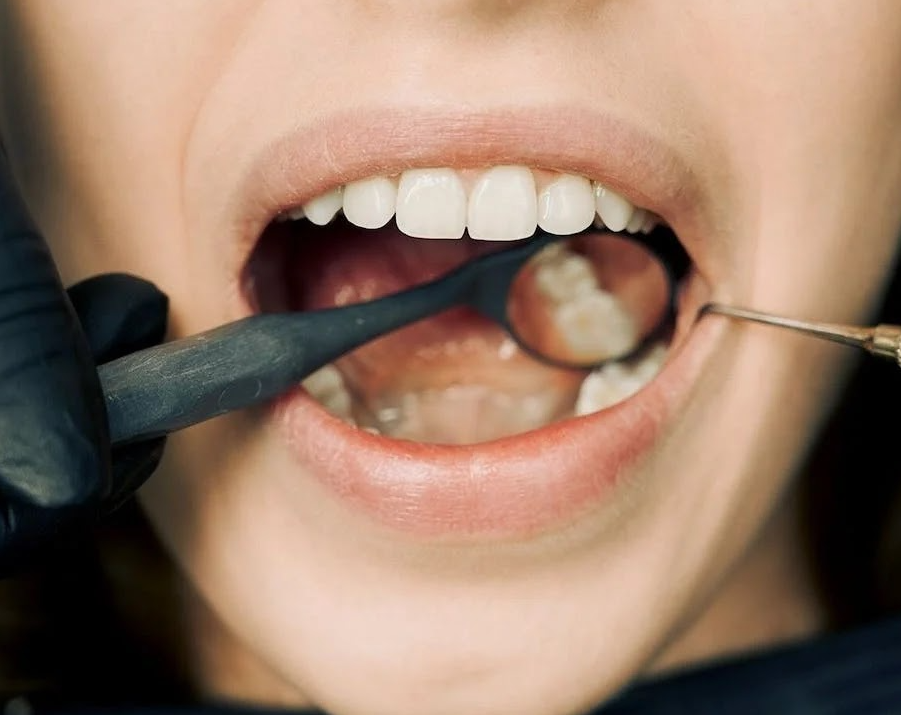





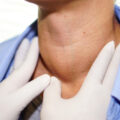

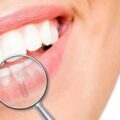
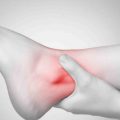



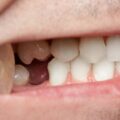




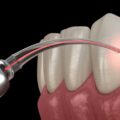









No Comments